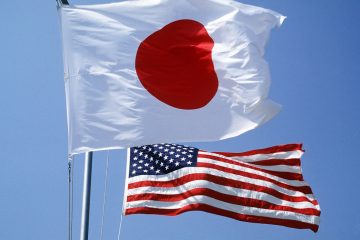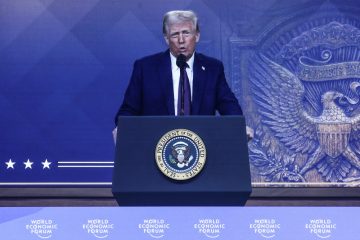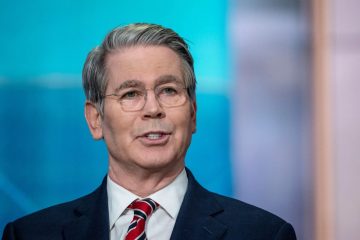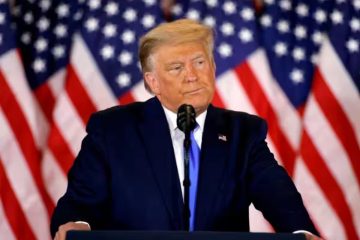The Fed stalls the creation of a bank with a novel business model
TEN years on from the financial crisis, the structure of American banking has not changed. At its core are government-guaranteed, and therefore cheap, deposits that banks put to work, primarily through lending. Deposits have become more important for bank funding in recent years; governments have become increasingly fussy about how the money is lent out. The basic set-up is so entrenched that many believe there is no alternative.
A startup called TNB, short for The Narrow Bank, is questioning that assumption, and causing a stir as a result. On August 31st TNB filed a complaint in federal court against the New York Fed, which, it alleges, is breaking the law by refusing to grant it access to the central bank’s payment system. The Fed has made no comment, but in response to growing pressure, it has acknowledged the complaint.
The case throws light on an unusual business model. Led by a former head of research at the New York Fed, TNB is based on the idea of a narrow bank, which was first suggested by professors at the University of Chicago as a response to the banking crisis of the 1930s. The proponents of the “Chicago plan” argued that deposits and lending need not be linked. A bank could have a narrow mandate, restricting itself to merely receiving deposits.
The court filing suggests that TNB planned to do just that, taking deposits from financial institutions (though not from consumers) and redepositing them at the Fed in order to take advantage of the Fed’s interest rate on reserves, which is 1.95%. There would be no need for branches or credit analysts. Compliance costs would be minimal: as the bank would not make loans, regulators would need only an audit to show the bank’s funds on account at the Fed covered its clients’ deposits. To keep costs lower still, TNB intends to avoid having deposit insurance, which can cost up to 0.4% of assets. As the money is invested with the central bank, it is already guaranteed by the government.
Most American banks pay measly rates of interest of under 0.1%, according to Bankrate.com, a data provider. With its austere model, TNB could plausibly provide a competitive rate on deposits, while keeping some of the spread between the Fed rate and the interest it pays to customers. The operating model is not without risks. The Fed could cease paying interest to banks, for example, a demand that both America’s political parties have made at times. But TNB, or a similarly minded institution, could tweak the model in response and invest its deposits in government securities instead.
The Fed’s silence has drawn criticism. TNB has received a temporary banking charter from Connecticut, so the state regulator clearly deems it to be legal. The central bank may worry that narrow banks, which lend to neither companies nor individuals, could hamper the effectiveness of monetary policy. Their business model may also risk unsettling incumbent banks, which could have large economic consequences. TNB’s suit says that the Fed’s actions “have the effect of discriminating against small, innovative companies” and “privileging established, too-big-to-fail institutions”. The Fed may eventually be forced to explain why that is a virtue.
This article appeared in the Finance and economics section of the print edition under the headline “A hornets’ nest”









